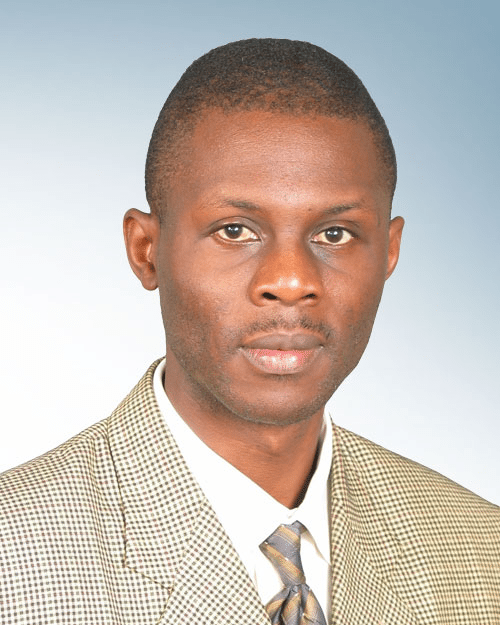Three years ago I wrote about the need to adopt blockchain technologies within our Lands registry. The main thrust then, as it is now is now is that blockchain solutions have the ability to code ‘trust’ into machines and take it away from the human beings operating them.
These humans could be within or beyond the Lands ministry and include but are not limited to clerical, legal, banking, ICT among other staff who are experts in facilitating fraudulent activities in land transactions.
Common fraudulent activities within the land sector range from missing files, duplicate owners of a single title, production of fake titles, real titles attached to non-existent plots, sale of public parcels to innocent buyers among others.
My previous article had also shown how the current digitization effort based on the traditional centralised server system under the control of one entity or institution would not cure the above problems.
The first thing to realise with blockchain systems is that one needs a group of entities to define and agree on the rules that will eventually be coded into the various autonomous servers or nodes under their control.
In other words, rather than just the Ministry of Lands having the sole responsibility of updating and maintain the registry, this role is defined and shared across multiple stakeholder entities.
The entities may include, but are not limited to: the Lands Commission, the Law Society of Kenya, the Kenya Bankers Association, the Land Surveyors of Kenya among others.
Each of these entities would run a server or node that keeps and maintains the same shared ledger of land titles in Kenya.
But what makes the blockchain ledger so different from that of the traditional centralised system?
Several things stand out but we shall talk about immutability and the controlled update process for land titles.
Immutability is a property found in blockchain databases or ledgers, which states that once a record is entered into the database, it cannot be deleted or changed by any of the participating entities.
This of course implies that whatever record is being entered into this special titles database as being the plot belonging to one Mr Onyango must be of the highest integrity.
Additionally, if Mr. Onyango so decides to sell off the plot, only he has the rights to initiate the process – and not someone in the ecosystem changing records to disinherit him without his knowledge.
Controlled updates
Which brings us to the next unique property of blockhain systems, the controlled updates.
If Mr Onyango wishes to transfer the title to another owner, he would initiate the process from his device, mobile app or on the web.
This would then be converted and broadcasted to all entities participating nodes or servers in the blockchain ecosystem as a message request for transfer.
In an automated process known as consensus building, the request to transfer title would only be executed if a majority of the participating stakeholder nodes do establish that the request is valid.
This means that if one of the participating entities wishes to pass a fraudulent activity, the other honest nodes would flag the transaction and ignore the request to update their ledgers accordingly.
This is the controlled update process that happens through consensus protocols that execute without further human intervention once the blockchain system has been initiated.
Blockchain systems are what can cure problems at the Ministry of Lands. Any other systems are always good money for consultants but will not address the perpetual issues inherent in Kenya’s land transactions.
By: John Walubengo, Lecturer at the Multimedia University of Kenya, Faculty of Computing and IT.



